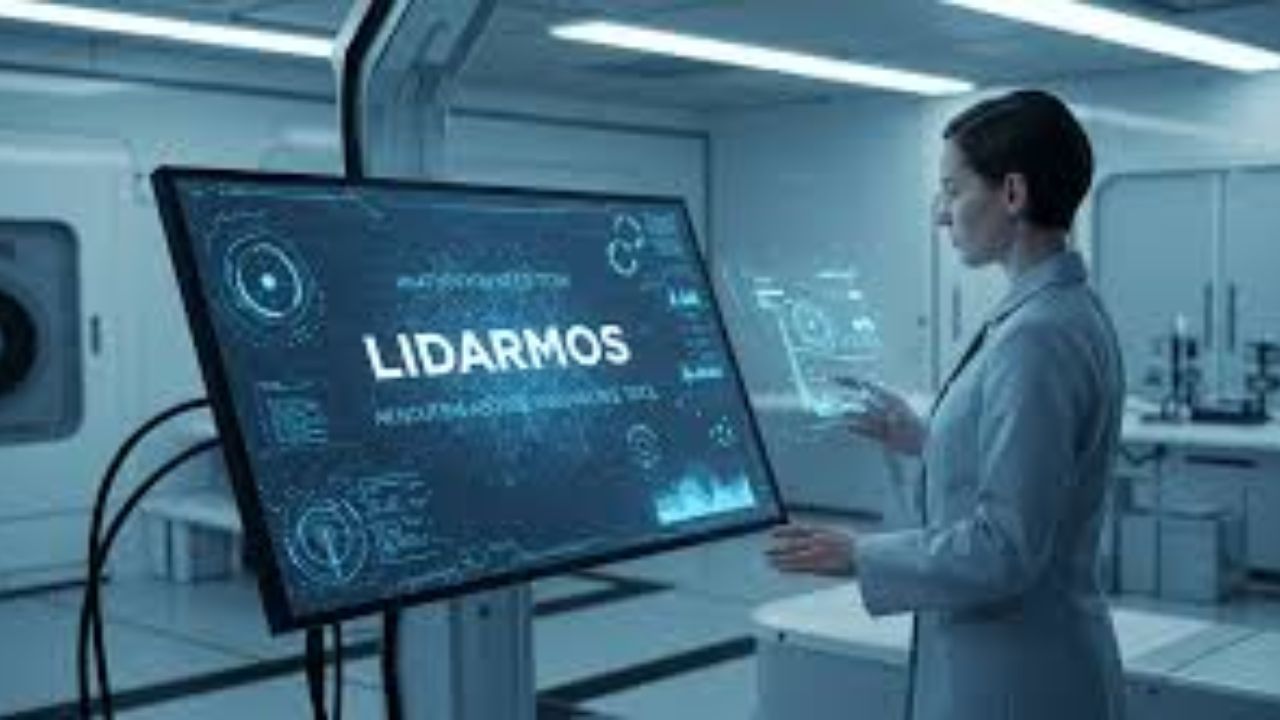
lidarmos
In a world increasingly powered by artificial intelligence, automation, and intelligent sensors, Lidarmos has emerged as a groundbreaking technology poised to transform multiple industries. From self-driving vehicles to intelligent urban planning, it is quickly becoming a central component of next-generation systems.
But what exactly is Lidarmos? Why is it attracting attention across sectors like transportation, healthcare, and security? This article provides a comprehensive look at Lidarmos—what it is, how it works, and what makes it such a vital innovation for the digital future.
What is Lidarmos?
Lidarmos is an advanced technological framework that combines LiDAR (Light Detection and Ranging) systems with modular artificial intelligence. The term is derived from blending LiDAR with a modular operating structure, creating a system capable of scanning, analyzing, and responding to physical environments in real-time.
Unlike traditional sensor setups, Lidarmos doesn’t merely collect data—it intelligently interprets it, allowing machines and systems to act with greater precision, flexibility, and safety.
The Origin and Purpose of Lidarmos
The initial concept behind it was to create a multi-layered sensing ecosystem capable of dynamic learning and environmental adaptation. The idea evolved from limitations in existing technologies that were either too rigid, slow, or unable to scale across different applications.
By integrating AI algorithms directly into modular LiDAR systems, it bridges the gap between data sensing and data decision-making, offering a complete end-to-end solution for machines that need to “see” and “think” simultaneously.
How Lidarmos Works
The power of Lidarmos lies in its real-time spatial processing. Using laser pulses, it scans its environment in 360 degrees and maps everything from distances and shapes to motion and density. This 3D data is instantly processed using embedded machine learning algorithms, which then decide how a system should respond.
Key Components:
-
Laser Emitters: To scan surroundings with high accuracy.
-
Modular AI Chips: For onboard data processing and machine learning.
-
Cloud Integration (Optional): To store and analyze large data volumes.
-
Scalable Architecture: Allowing use across a variety of devices and industries.
Key Benefits of Lidarmos
1. Exceptional Precision
By using laser-based measurements, Lidarmos ensures far more accurate environmental awareness than standard visual cameras or sonar sensors.
2. Real-Time Response
Thanks to embedded AI, Lidarmos doesn’t rely solely on cloud computing. It can process data on the edge and respond instantly to changing environments.
3. Versatile Applications
Its modular design makes Lidarmos adaptable for small-scale consumer devices as well as complex industrial systems.
4. Improved Safety
Lidarmos is highly effective in detecting obstacles and navigating safely, which is especially critical for sectors like autonomous driving or surgical robotics.
Major Applications of Lidarmos
Autonomous Transportation
Self-driving cars rely on real-time decision-making. Lidarmos provides a detailed 3D map of the surroundings, helping vehicles avoid collisions, understand traffic conditions, and safely transport passengers.
Smart Cities
Urban planners use Lidarmos to monitor traffic patterns, detect infrastructure damage, and even optimize energy usage in public spaces.
Industrial Automation
Factories benefit from robotic arms and conveyor systems equipped with Lidarmos, allowing them to adjust based on object size, orientation, or unexpected movements.
Healthcare & Robotics
Lidarmos enables surgical robots to operate with precision by guiding instruments through detailed imaging of tissues, bones, or vessels.
Environmental Monitoring
From tracking coastal erosion to monitoring air quality, it supports environmental research by delivering accurate geographic and spatial data.
How Lidarmos Stands Apart
While LiDAR technology itself is not new, what makes it unique is its combination of real-time intelligence, modular design, and scalability.
Most conventional systems rely on a combination of multiple technologies to perform simple tasks, often resulting in latency and inaccuracies. In contrast, it integrates all vital components—sensing, learning, and reacting—into one compact system.
Additionally, the adaptability of Lidarmos allows it to evolve alongside other technological advancements such as:
-
5G connectivity
-
Edge computing
-
Quantum AI systems
Challenges Facing Lidarmos
Despite its promise, it is still in its early adoption phase. Here are some current limitations:
-
High Initial Cost: Advanced LiDAR and AI modules can be expensive to implement, especially for startups.
-
Data Sensitivity: Collecting and processing environmental data raises privacy and regulatory concerns.
-
Infrastructure Requirements: Some applications of it require significant back-end and cloud support.
However, as production scales and demand increases, these barriers are expected to diminish.
The Future Potential of Lidarmos
The future of it looks exceptionally bright. With global focus shifting toward sustainability, automation, and smart infrastructure, it is positioned to become a core component of:
-
Autonomous delivery systems
-
Drone surveillance and navigation
-
Smart farming and agricultural monitoring
-
AI-powered consumer electronics
Moreover, its modularity ensures it can keep evolving as new demands emerge—offering future-proof technology for a fast-changing world.
Conclusion: Why Lidarmos Deserves Your Attention
Lidarmos is not just another tech trend—it’s a foundational shift in how intelligent systems are built and how they interact with the world. By merging the power of LiDAR with adaptable AI systems, it offers unmatched precision, safety, and efficiency across industries.
As society moves closer to full automation and real-time digital responsiveness, technologies like it will not only lead the change—they will define it.
Whether you are a developer, investor, business owner, or curious learner, keeping an eye on it will give you a glimpse into the future of intelligent systems.







